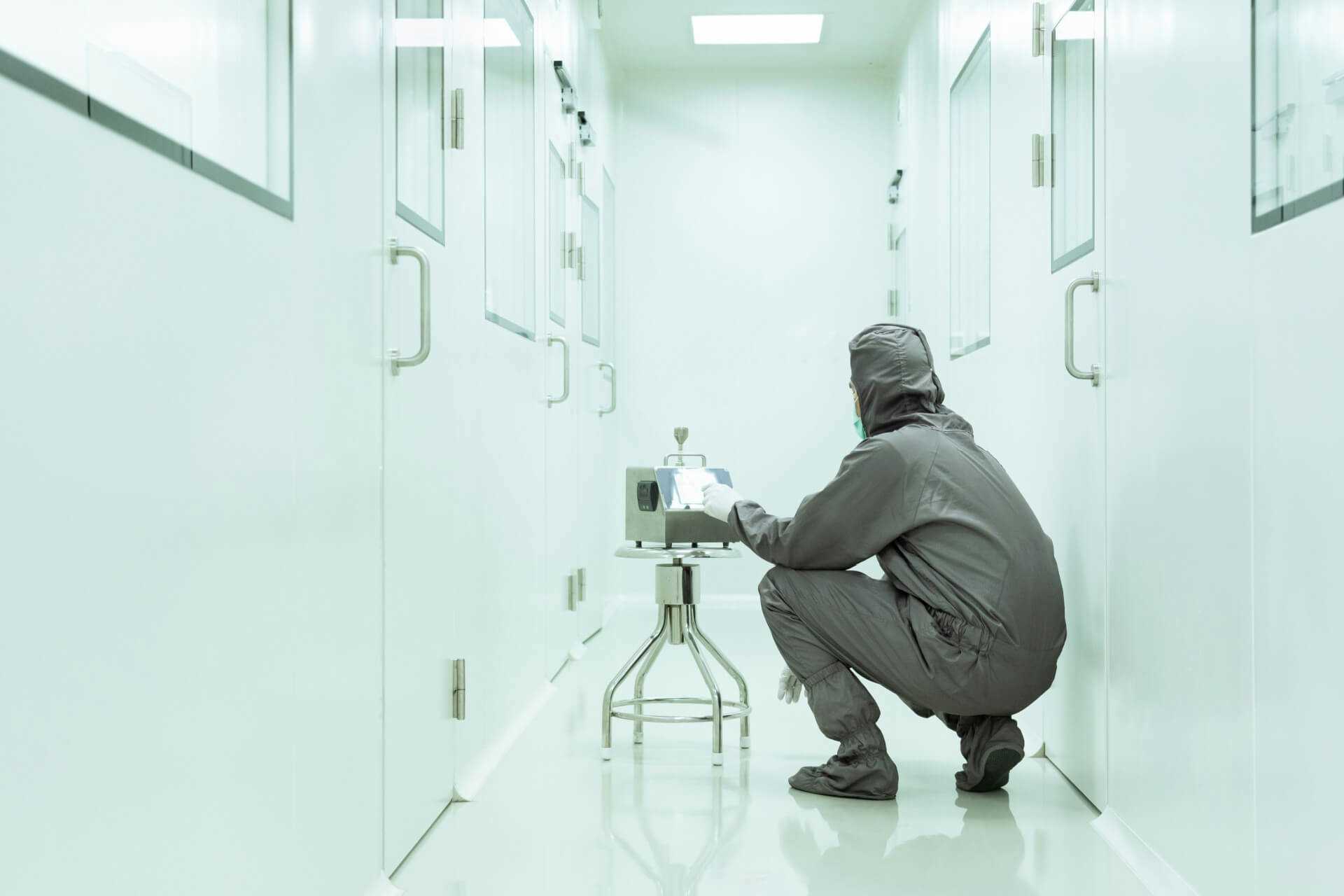
Responding to a Contamination Event: Vibraclean’s Containment Protocol
Contamination events in pharmaceutical or biotech cleanrooms demand swift and strategic action. Whether it’s an out-of-spec microbial count, particulate spike, or unanticipated deviation, one thing is certain—time and accuracy matter. How you respond in the hours and days following a contamination event can determine the extent of the impact on your product, process, and compliance status.
At Vibraclean, we understand the urgency of containment and resolution. That’s why we’ve developed contamination response protocols tailored to cleanroom environments where sterility and precision are non-negotiable. While routine decontamination is essential for ongoing control, having a plan in place for unexpected events is just as critical.
Step 1: Assess the Scope and Risk Level
The first step in any contamination response is determining the scope. Not all contamination events are created equal. Some may be isolated to a small zone or equipment surface, while others could suggest systemic issues affecting HVAC, surfaces, or workflow processes.
Our team works in collaboration with facility quality staff to review available data, including environmental monitoring results, incident reports, and recent activity logs. This helps pinpoint:
• The location and size of the affected area
• The nature of the contamination (microbial, particulate, residue)
• Possible sources (people, equipment, air, materials)
Step 2: Implement Containment Measures
Once the affected area is confirmed, we take measures to prevent further spread of contaminants. This may involve sealing off adjacent areas, limiting personnel movement, or removing contaminated materials. Containment ensures the problem stays localized while corrective actions are underway.
Step 3: Execute Targeted Decontamination
Next, a tailored cleaning plan is deployed. Vibraclean selects the appropriate method—manual disinfection, fogging, or iHP—based on the type of contaminant, equipment sensitivity, and regulatory classification of the area. We prioritize thoroughness, ensuring all surfaces, air contact points, and high-touch zones are fully treated using validated techniques and approved disinfectants.
Special attention is paid to areas known to support microbial growth, such as under benches, corners, and HVAC return vents. When contamination involves sensitive equipment, we use non-invasive sterilization methods that deliver effective results without risking damage or downtime.
Step 4: Conduct Verification and Environmental Testing
Once decontamination is complete, verification is essential. Vibraclean conducts surface sampling and, if needed, airborne particle counts to ensure the space meets pre-established cleanliness criteria. This data supports any internal investigations and is critical for requalification of the area.
Step 5: Documentation and Preventative Recommendations
After cleaning and validation, all actions taken are documented in full detail. Our reports include:
• Cleaning procedures
• Products and equipment used
• Locations treated
• Sampling results
• Recommendations for future risk mitigation
In addition to immediate resolution, we work with your team to identify root causes and suggest adjustments to cleaning frequencies, traffic control, or gowning procedures to help prevent future events.
Contamination events can be stressful, but they don’t have to derail operations. With the right containment strategy in place—and a trained team ready to act—cleanrooms can return to full compliance faster and more efficiently. Vibraclean brings clarity, consistency, and control to every contamination response, helping you move forward with confidence.
